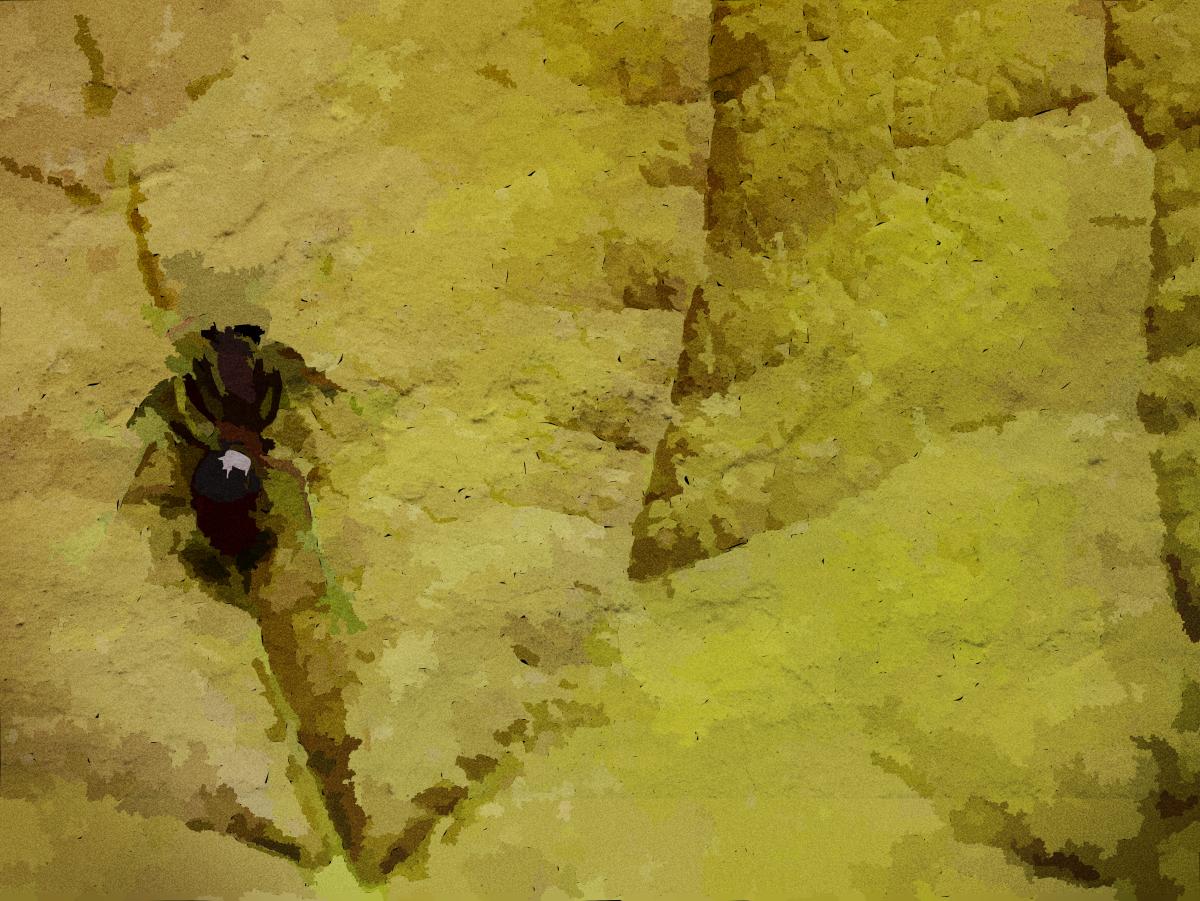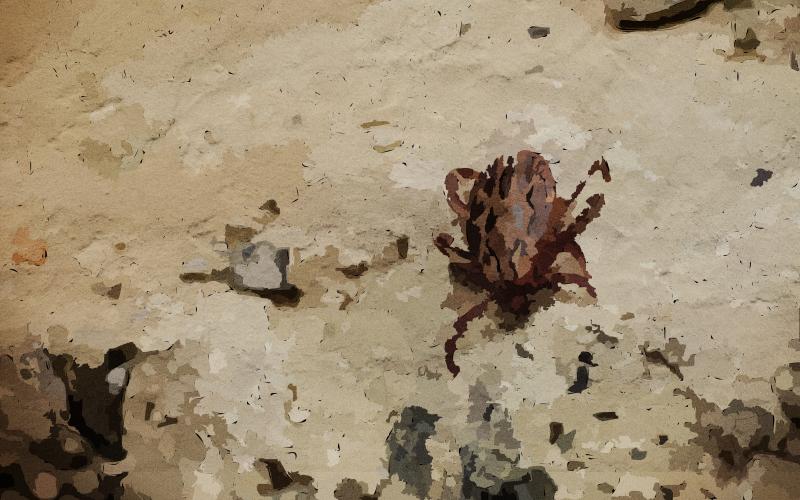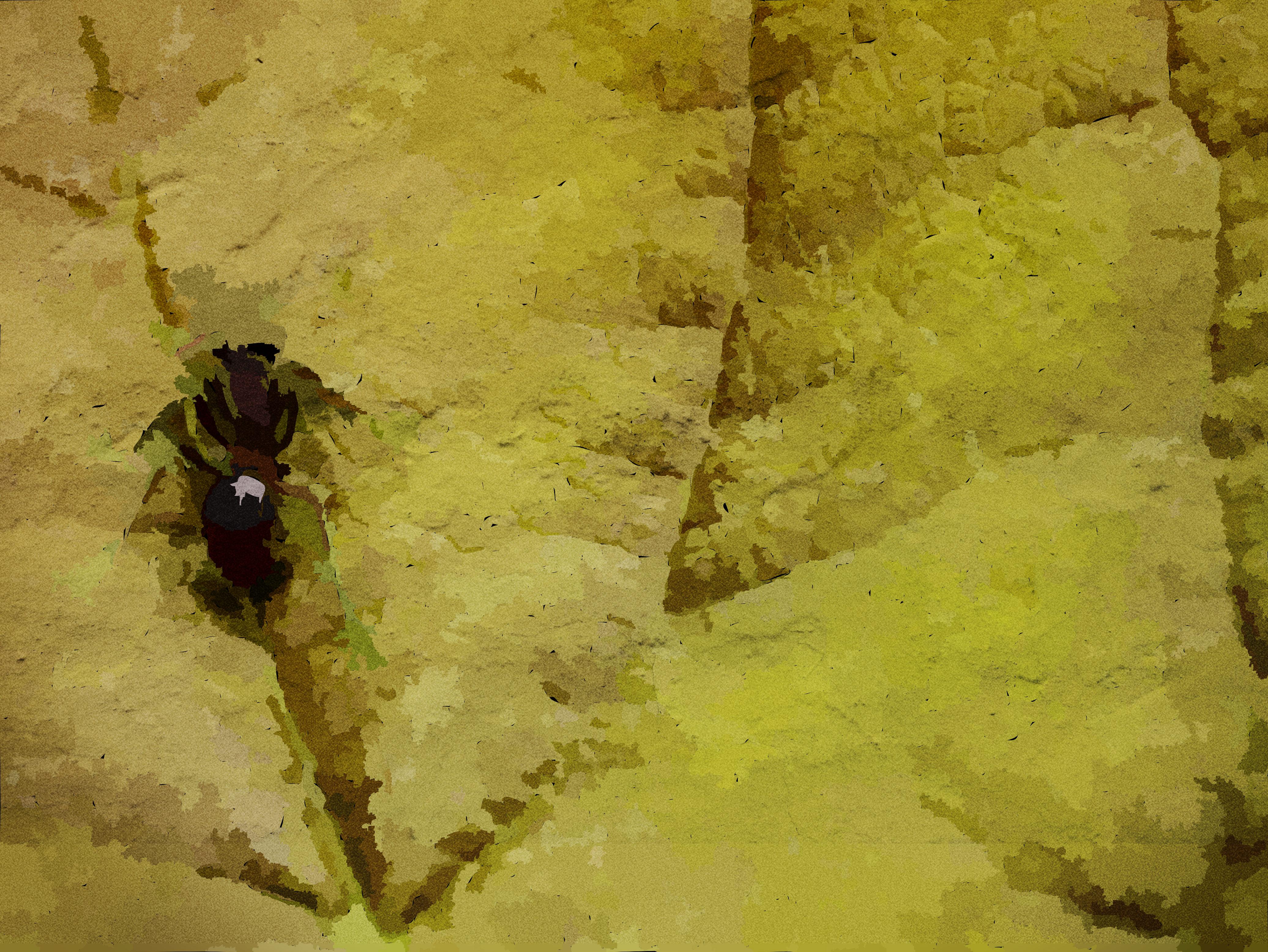
What are fleas?
Here’s the basics. Fleas are tiny insects with no wings, but hind legs that make up for it as they can jump incredibly far for being so little. They are usually brought into homes through your dog or cat which earn certain species a rep as dog fleas or cat fleas.
What do I have to worry about?
With over 2,000 species worldwide, only about 10% of these can be found in the US. The most common types are dog and cat fleas, however, while they are named as such they can be found on almost any sort of mammal or bird. They may prefer either dogs or cats, but they are not picky about who their hosts may be.
Fleas require a host's blood to survive, which means that they'll feed not only on your pets but on you if given the chance. Flea bites are also known to leave itchy swollen marks on sick and can even transmit diseases or cause allergic reactions in people. We cannot stress enough that if you suspect a flea infestation you could not only call a pest inspector but also seek medical inspection to ensure you are disease-safe. Fleas are absolutely disgusting.
It's also worth noting that fleas can lay up to 18 eggs a day, which means a single flea and quickly expand into a truly overwhelming infestation quickly. Some simple math: if your dog brings in 10 fleas, and they all lay 18 eggs, that's over 180 new fleas within 1 day.
When are fleas most active?
While cat fleas are more of a problem during the summer months, you’ll have to be on the lookout year-round to protect yourself and your furry friends.
How Do I Know If I Have Fleas?
- Flea dirt. This is the kind way of describing their waste. You might notice some dark, almost powdery spots on the carpet, a pet’s bed or even your own. If you aren’t sure whether or not the dark stuff you have is flea dirt, you can put some in hot water. If it changes color to a reddish brown, it’s flea waste.
- Red bumps. While you may or may not feel the flea itself, you’ll definitely notice it afterwards. Flea bites are often small, red and raised bumps, typically on your feet and ankles. They are irritating but usually not life threatening unless you’re allergic. If you do notice an intense itching, hives, or any difficulty breathing after a flea bites you, seek medical treatment right away. Those are symptoms of anaphylaxis.
- Scratching or hair loss. This applies more to your pets than you. If you notice them constantly scratching or beginning to lose hair in certain places, it might be time to take them to a vet and get it checked out. Your vet can also provide you with some medication or treatment options for your pets.
- Pale gums. This is more pet specific. Pale gums are a sign of anemia in animals. If you notice this on top of the others signs previously mentioned, you probably have a bad infestation that needs to be addressed immediately. After you take Fido to the vet.
Are There Any DIY Treatments?
Here are a few at home methods you can try. However, if you only notice a flea after an infestation has broken out, we recommend that you call a pest inspector ASAP for total eradication.
It's worth noting that flea infestations are also no picnic to remove and can take a lot of work and energy to properly treat not only your home but pets and family that may have received bites.
- Homemade flea traps. Using a shallow bowl or pan, fill it half way with water and add a little dish detergent. Place it on the ground and shine a light (like a desk lamp) over it at night. The detergent will kill the fleas should they jump into the bowl. (FYI, this works, but only to a limited extent. It will not get rid of all the fleas, only help in killing some of them.)
- Flea tablets. This is medicine that can be bought online or obtained from a vet. Tablets found online are often short-term treatment options, but your vet can provide longer lasting preventative measures to keep your pets safe. Most tablets work by introducing a chemical (that’s harmless to you and Fido and Fluffy) into the bloodstream that repels or even kills fleas.
- Foggers.* These reach the corners and crevices in your house that normal methods can’t reach. If you are determined to do this yourself, this may be the best option for you, but we caution you that it is very time consuming. Additionally, without proper professional treatment this method can take a few times before the infestation is completely gone. They also require that you treat you pet with flea tablets before allowing them back into the house. Otherwise, you’re back to square one.
*A word of warning for foggers. 1) Foggers do not offer any residual protection, so if the fleas are not entirely eliminated they can quickly spring back to action within a home. 2) Foggers can be extremely dangerous around refrigerators or pilot lights, if these items are not turned off properly. Seek professional input prior to making use of a fogger.
Properly treating a fleas infestation requires a full step process to ensure they are eliminated entirely.
- Preparation & treatment - This can consist of removing all bedding, vaccumming floors, extensive surface cleaning, often full replacement of pet beddings, and more...
- Treatment of pets - We recommend treating your pet at the same time as your home, and while there are numerous over the counter solutions, we always recommend seeking professional help and guidance to properly resolve the issue. Your veterinarian can help assist in making sure the fleas are removed from your furry friend.
- Treatment of the inside of your home - Treating your home for flea infestations can be incredibly cumbersome as it usually requires the entire home to be cleared. However, focusing on your pet sleeping areas is usually a good place to start.
- Treatment of the outside of your home - Fleas are like most other pests and thrive in damp shady environments. Making sure the yard surrounding your home is clean and clear of harboring spots is critical to keeping fleas away.
It does absolutely no good when trying to tackle fleas yourself to simply do one of the steps listed above as this merely resolves one part of the problem. If you're having difficulty with fleas do not hesitate to call a pest inspector who can help walk you through a treatment plan to remove fleas from your life.
When should I call Humboldt Termite & Pest?
If you don’t have the time to fog the house, or simply not confident that you can find and eliminate the very last few hiding out in the corners of your house, give us a call as soon as possible. Our technicians are trained to effectively get rid of every last one of them with minimal interruption of your daily life.
A professional inspection can help you find the root cause of your flea issue quickly and efficiently while also providing you various options for remedying the situation. Humboldt Termite & Pest technicians are trained to not only solve your current flea infestation but to provide you with long-lasting and ongoing preventative treatments to help you keep the peace of mind you deserve and protection for your little, furry and fluffy friends.
What is our treatment?
Our technicians are trained to develop a customized treatment solution for your specific needs and problems. Our treatments follow these strategies:
- Step 1: Identification of Flea Infestation - Our first step is always to find the source and provide you with options to tackle the problem with minimal intrusion.
- Step 2: Eradication of Current Infestation - Remove the current fleas that have taken control of your life with safely-applied products that won't place your family at additional risk.
- Step 3: Ongoing Protective Barrier Treatment - Protect your family, pets, and home with peace of mind knowing that our team is keeping those fleas away.
Remember! We offer a warranty on all of our services. If the pests come back, so do we - at no charge. We are confident that the service we provide will keep those ticks away. So rest easy, we're on the job.
It's time those Fleas Flee.
Rest Easy, We're On The Job


